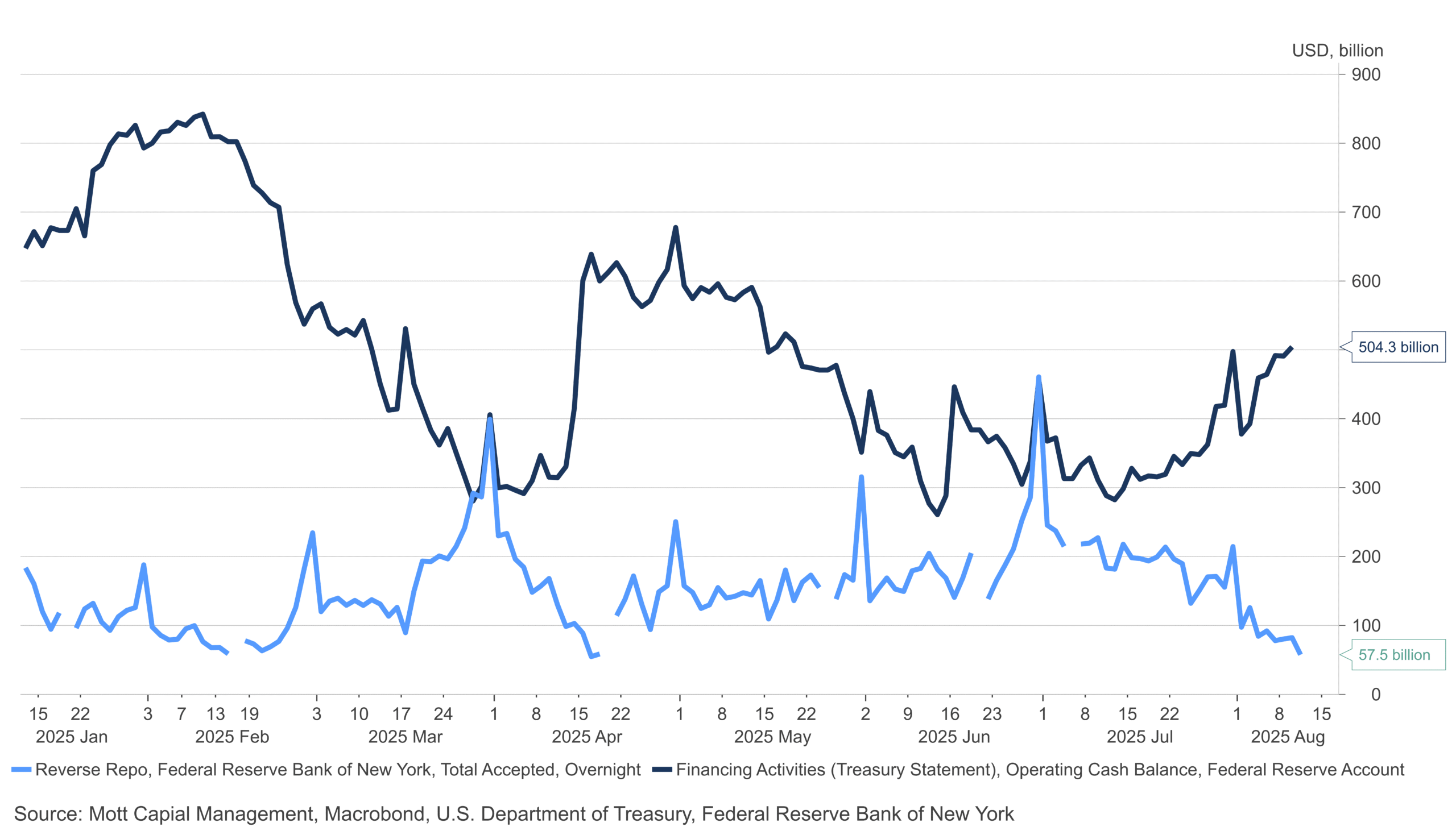TSX gains after CPI shows US inflation rose 3%
The volatility crush on Tuesday was larger than I expected, especially since the VIX1D barely topped 16 on Monday. Still, it was enough to lift S&P 500 futures about 60 bps at the open, after which volatility was steadily crushed throughout the day. As usual, once the VIX bottomed, the market struggled to push higher.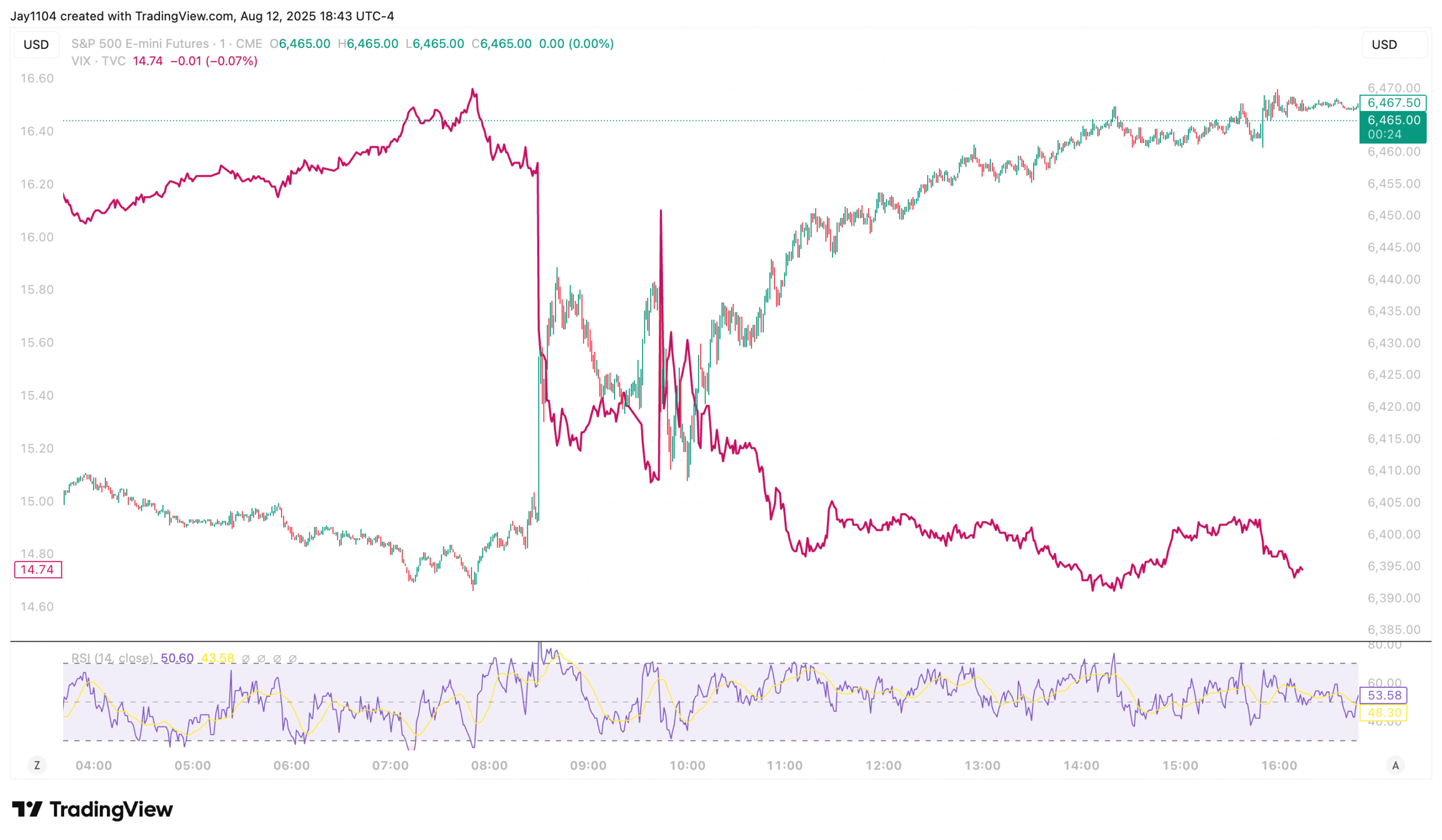
One notable development in the equity market on Tuesday is that S&P 500 futures reached the July 31 level and stopped there—a full 100% retracement of the August 1 decline. It may mean nothing, but it’s worth noting.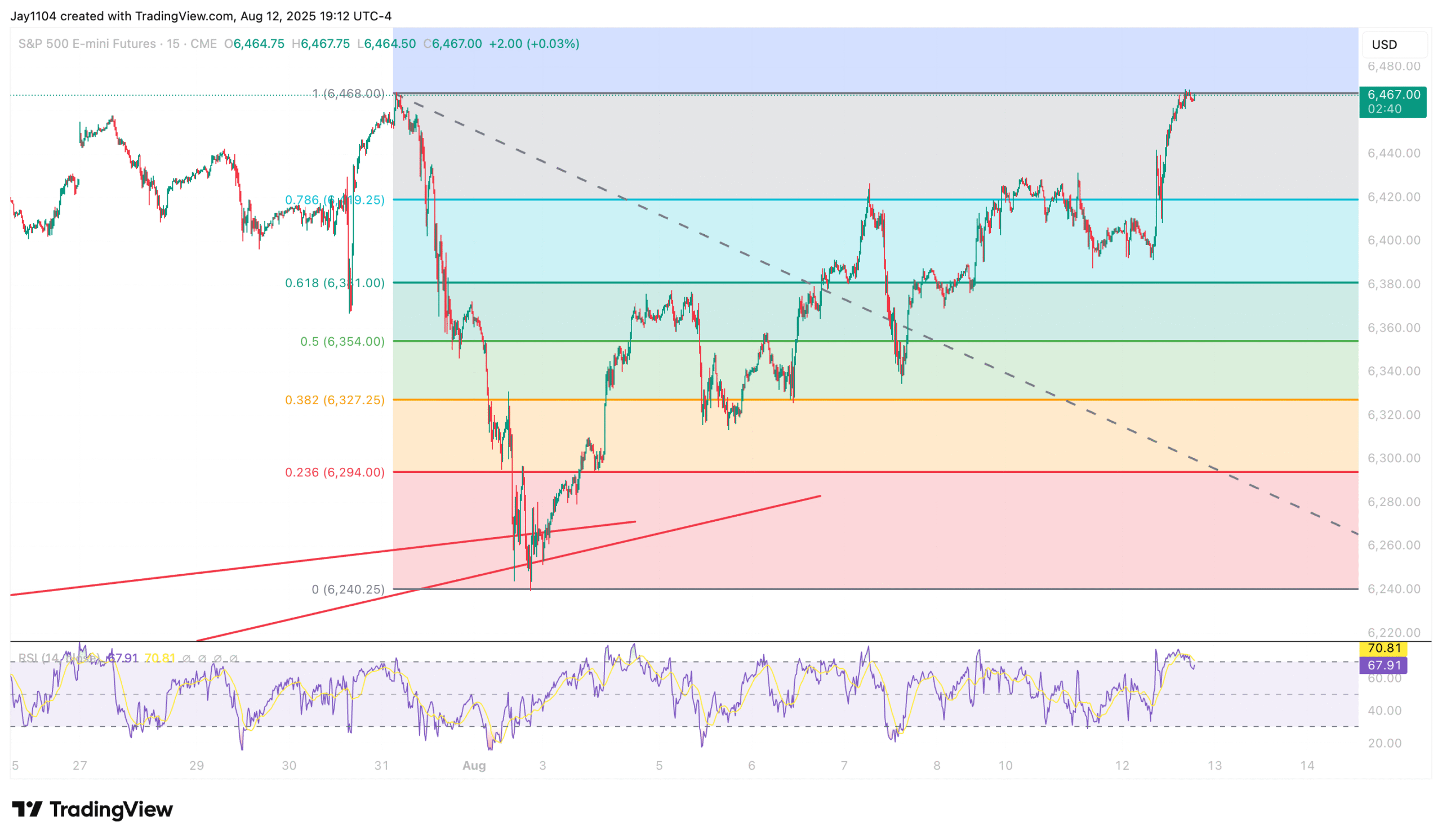
The interesting thing now is that 10-day realized volatility closed up a full point at 13.71 from 12.71 on Monday. Meanwhile, 21-day realized volatility rose to 10.19 from 9.56. This matters for two reasons: first, the VIX is trading at 14.7; second, 1-month realized volatility is likely to cross above 3-month realized volatility, which could prompt volatility players to sell the market.
I can’t say for certain, but if market-on-close imbalances keep coming in larger, as they have over the past two days, this could be why. Worth keeping an eye on.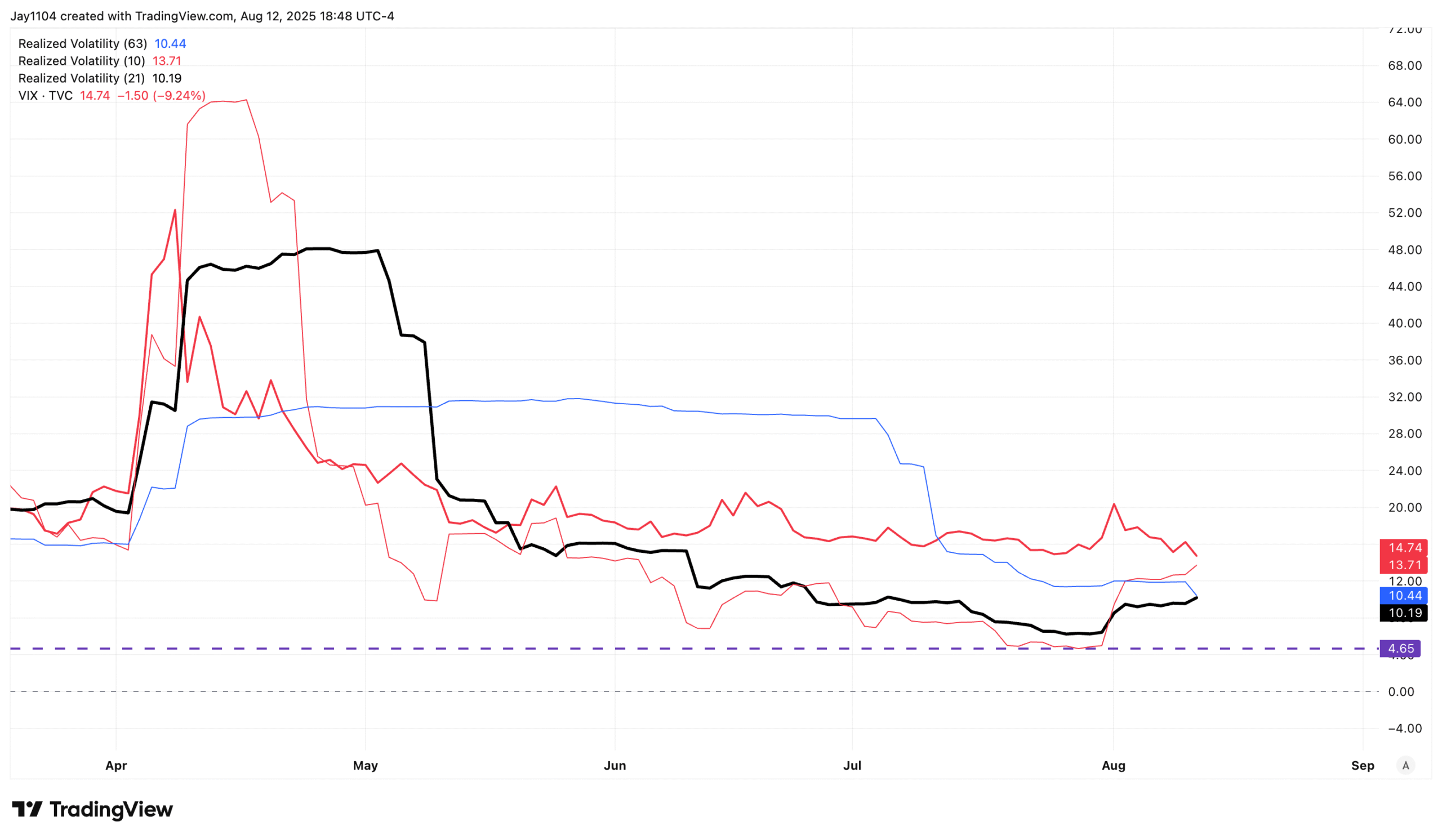
Meanwhile, don’t tell the owners of ServiceNow (NYSE:NOW) and Salesforce (NYSE:CRM) stocks are going higher, because they have gone lower. again… Makes you wonder why?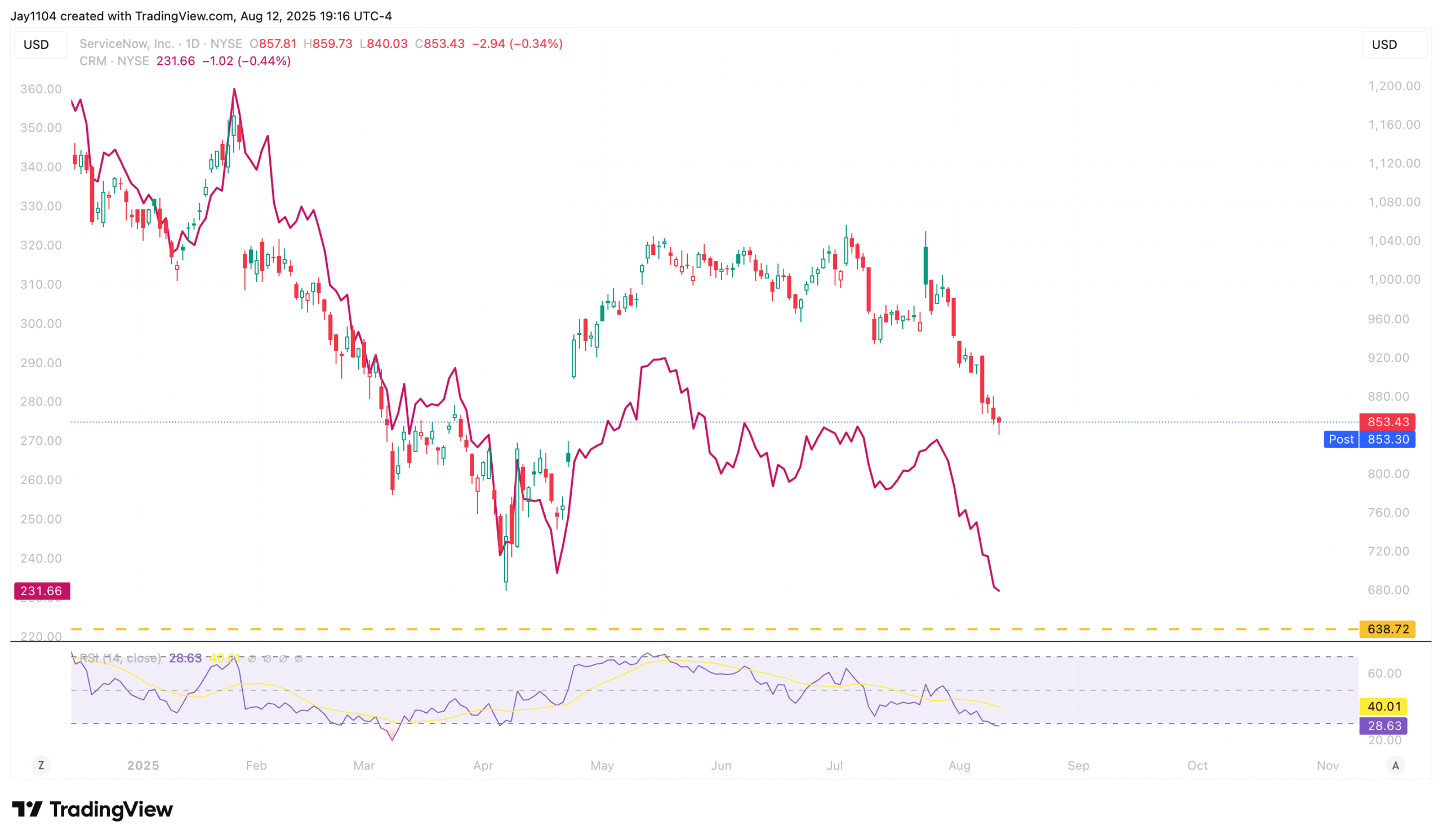
On Tuesday, the reverse repo facility dropped to $57 billion from $82 billion on Monday, as the cash drain continued and the TGA climbed to $504 billion. Tuesday’s $55 billion Treasury settlement will be followed by $42 billion on Thursday and another $35 billion on Friday. If roughly half of these settlements are funded through the reverse repo facility, balances could fall to around $20 billion or less by week’s end.
Next (LON:NXT) week, the reverse repo facility is expected to begin rising as GSE cash enters the overnight market. If the TGA continues to increase at the same time, it would create a double drain on liquidity.